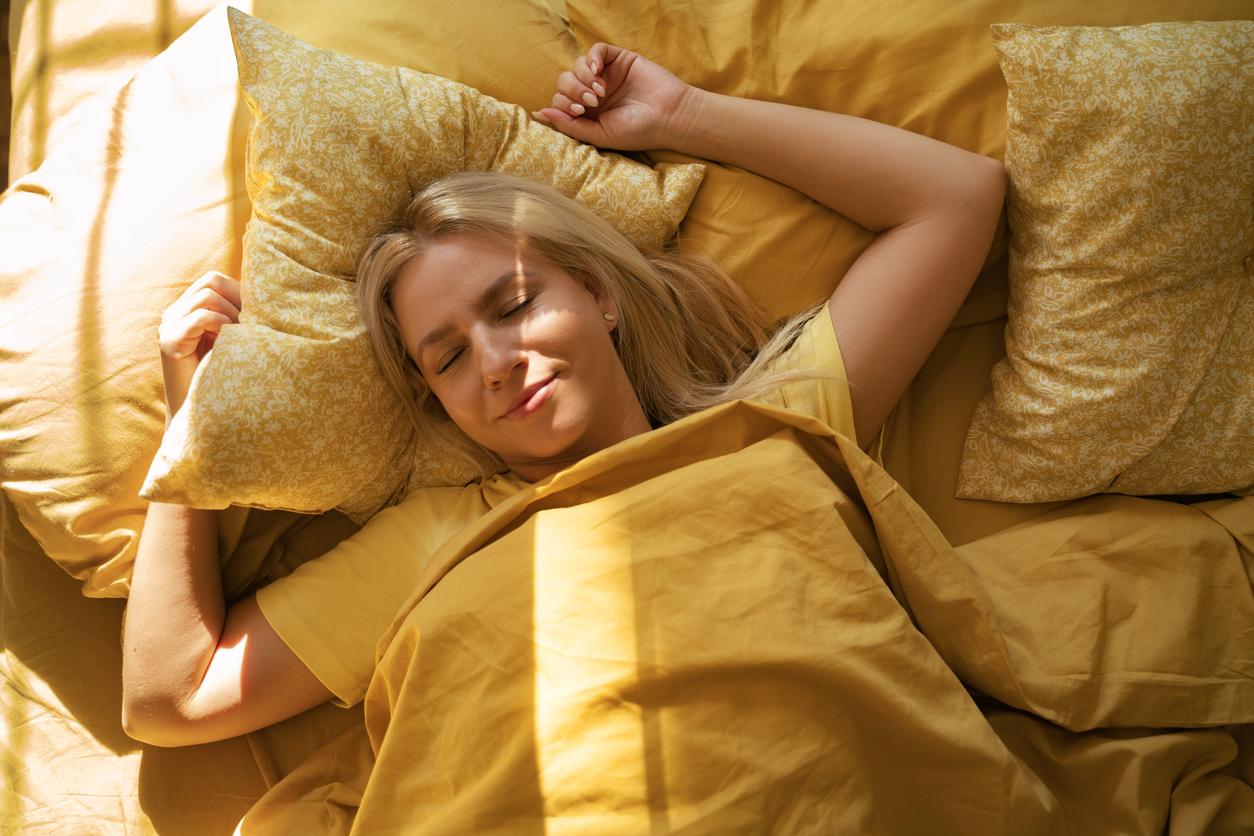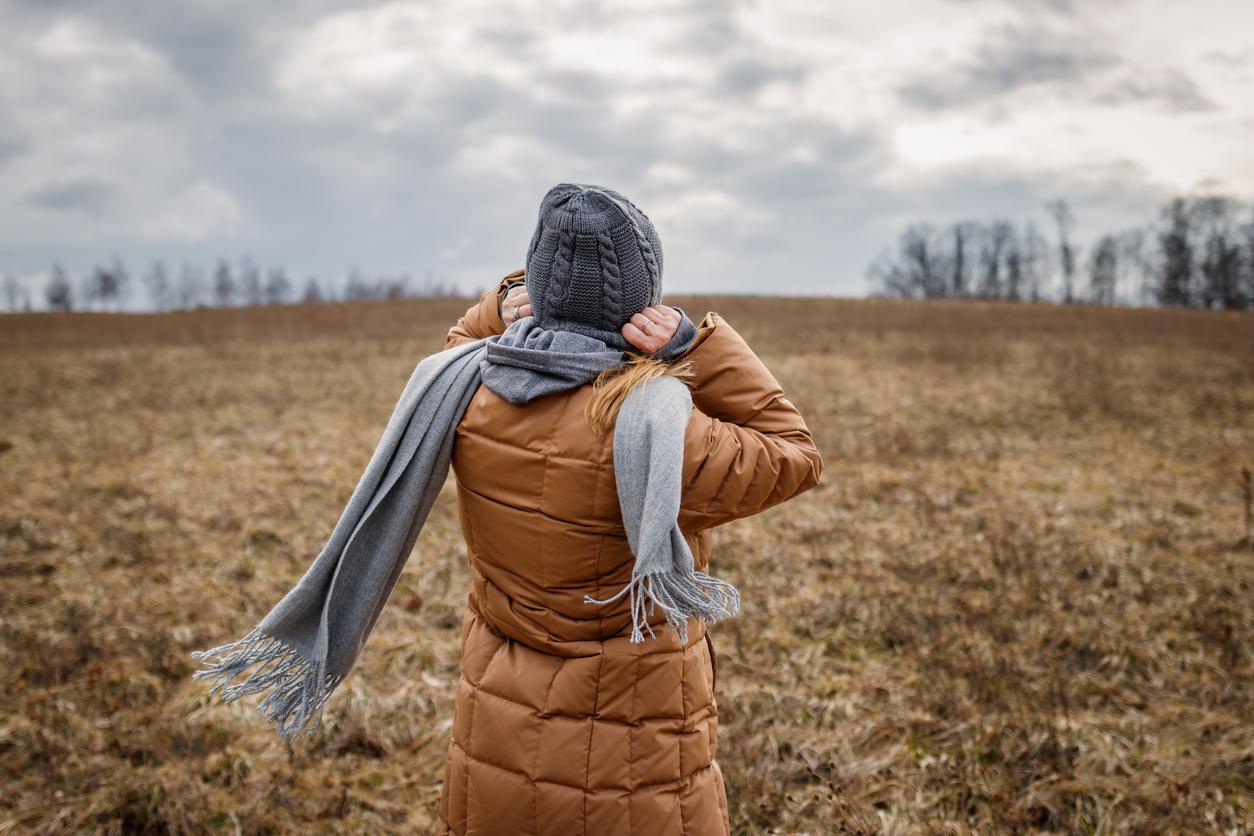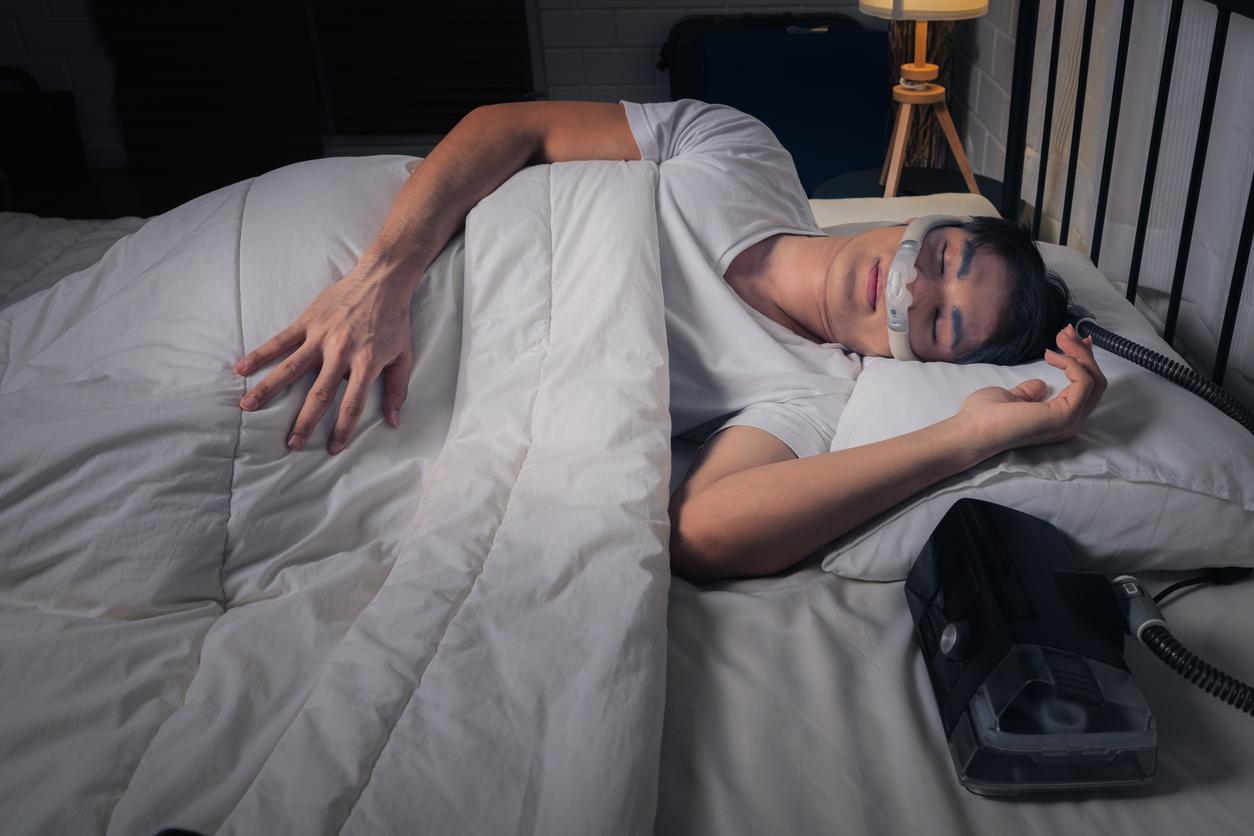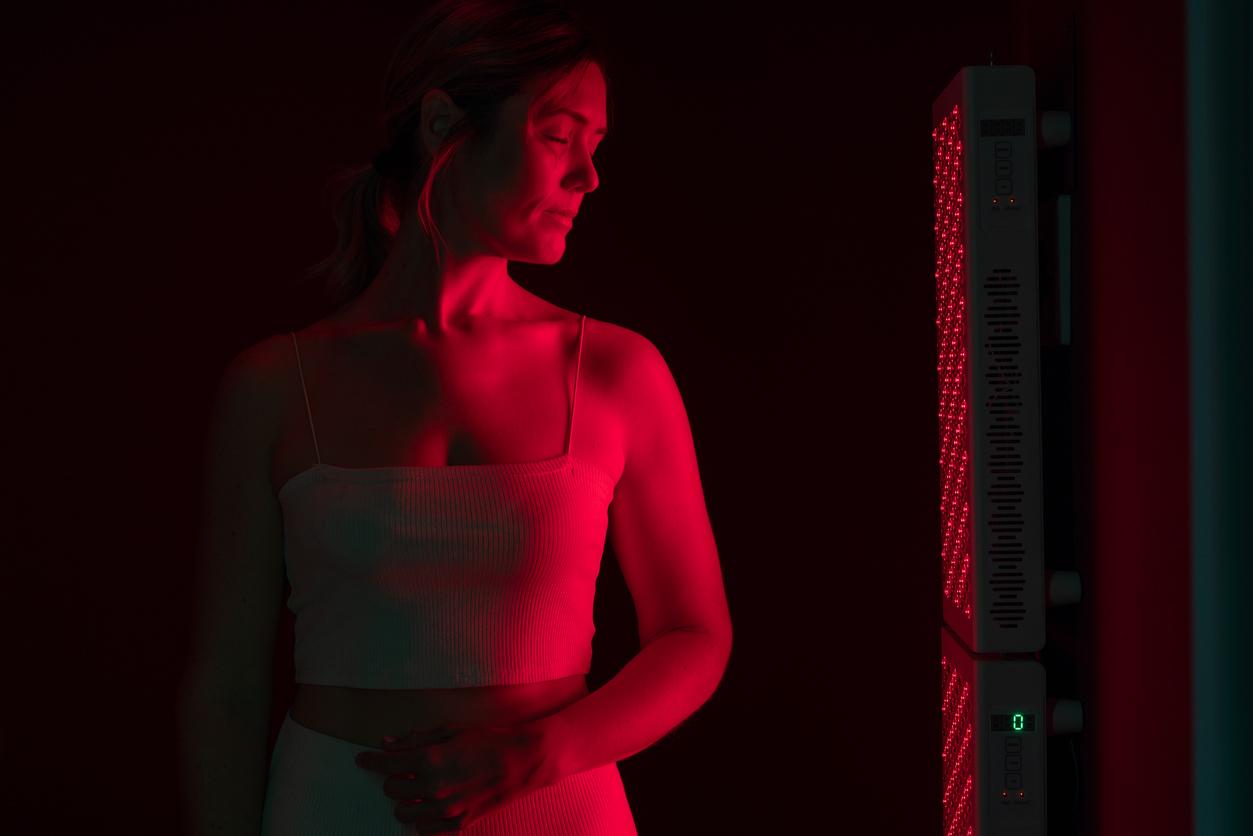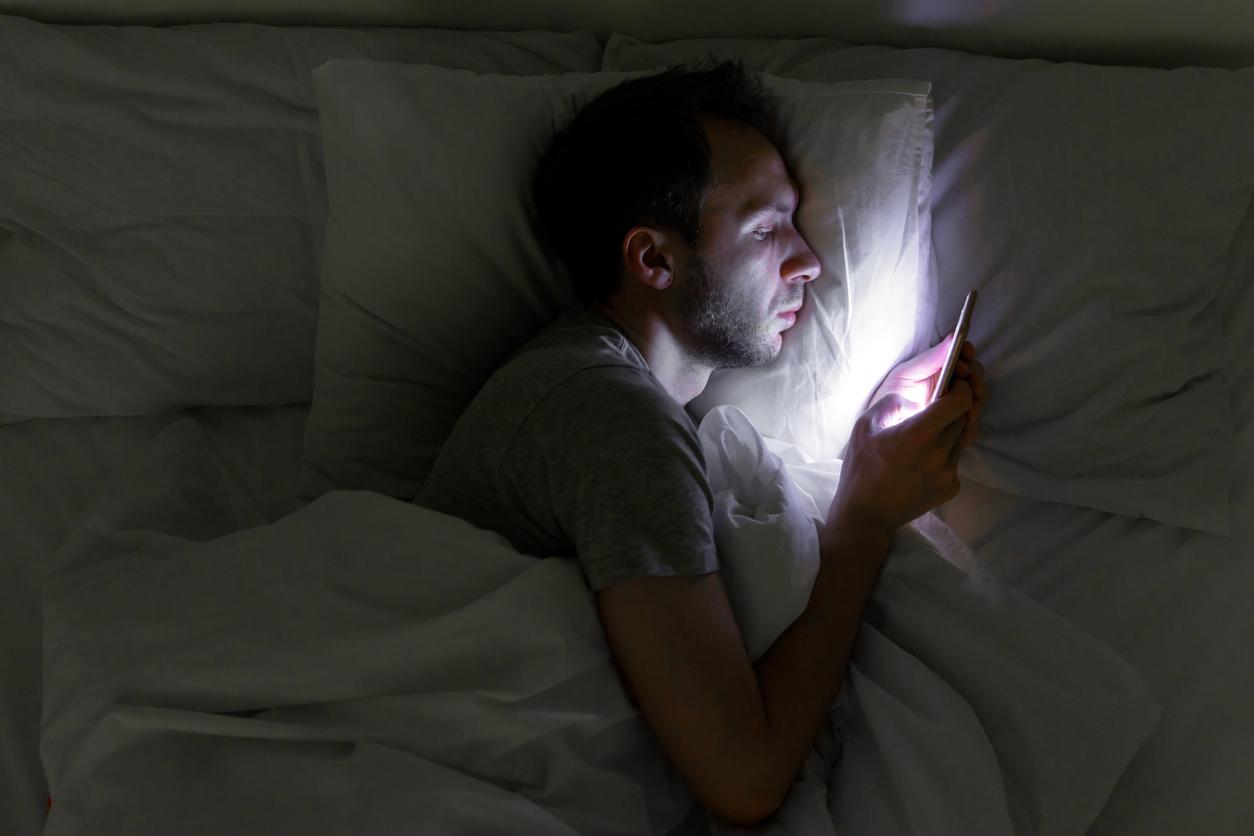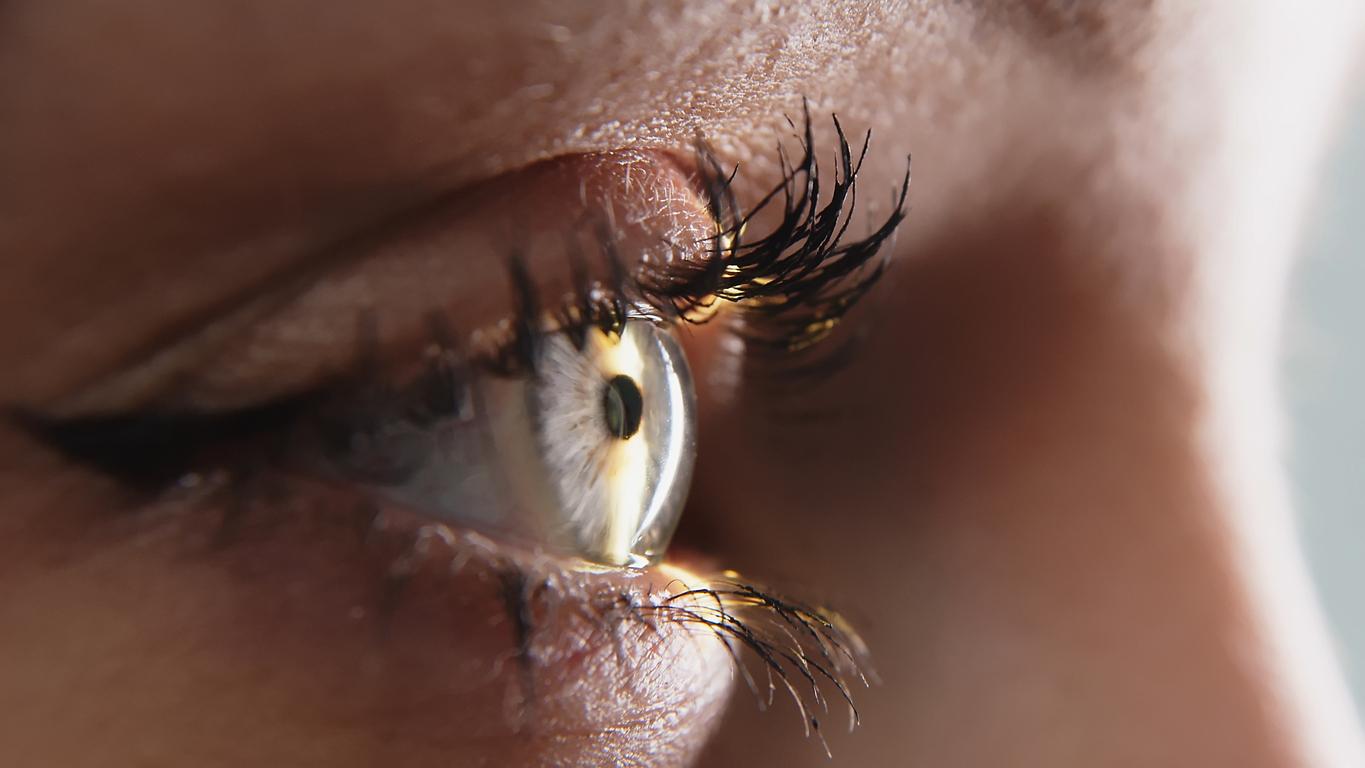While a study has highlighted the deleterious effects of LED bulbs on eye health, specialists offer advice to protect yourself.
They have gradually replaced incandescent bulbs, which consume too much energy, but could prove harmful to health. LED bulbs raise questions, while a study conducted by Inserm on rodents has highlighted its deleterious effects on sight.
In question: certain wavelengths toxic to the retina. Destroyed by blue light, retinal cells would then damage their neighbors. Ultimately, the situation would favor the development of age-related macular degeneration (AMD).
Television, computers …
Problem: LEDs are everywhere. Television, computer screens, cell phones, lighting of premises… It is difficult to escape them, especially in the professional environment, where exposure can be very long.
“Certain professions, lighting technicians, show trades for example, are particularly exposed to the dangers of the intense blue light emitted by LEDs”, writes Prevention official on its site. But this risk exists in reality for any person “who performs work on a screen, looks directly at the light source for a long time, sometimes during all his working time” … That is to say a lot of people.
To better protect workers, this company specializing in health and safety at work issues a number of recommendations, which can be taken into account by the health, safety and working conditions committees (CHSCT) of companies.
Choice of lighting
First, “technical measures (choice of lighting devices)” make it possible to reduce workers’ exposure to LED bulbs. First of all, it is advisable not to have exclusive recourse to these bulbs, but to also use halogen and fluorescent bulbs (tube type, low consumption lamp) ”.
In addition, “the appearance on the market of warm-tone LEDs, with a spectrum depleted in blue light, makes it possible to reserve“ cold white ”LEDs for uses where high luminance is required”. Finally, Official Prévention recommends choosing only bulbs “which do not have visible LEDs”, to opt for systems which do not allow direct vision of the beam emitted by the LEDs, and to “prefer glass models. frosted rather than transparent glass ”.
Structural measures
In terms of structural measures, the company recommends promoting natural lighting in the premises. “If the task on the screen is intensive, it is necessary to allow the establishment of regular breaks of sufficient duration, a break of at least 5 minutes every hour or so or a break of at least 15 minutes every two hours” .
In addition, in the office, it is advisable to alternate tasks of a different nature at work on screen. “The computer screen should be at eye level, swiveling up and down. It must be oriented perpendicular to the windows, to limit reflections, and the screen should be rotated if reflections remain due to the lighting ”.
Filter screens, goggles
Finally, individual measures can be taken. For workers highly exposed to light-emitting or and / or very sensitive diodes, it is recommended “to use protective optical devices limiting the perceived direct or reflected luminances”.
Official Prevention advises to equip oneself with screens or over-glasses with yellow filter, which filter blue light by reducing its transmission, “but have a yellowish color rendering and are not very aesthetic”.
“A new type of sight glasses (for example including synthetic melanin) has the technical characteristics to just filter out the harmful excess of blue light.”
.









